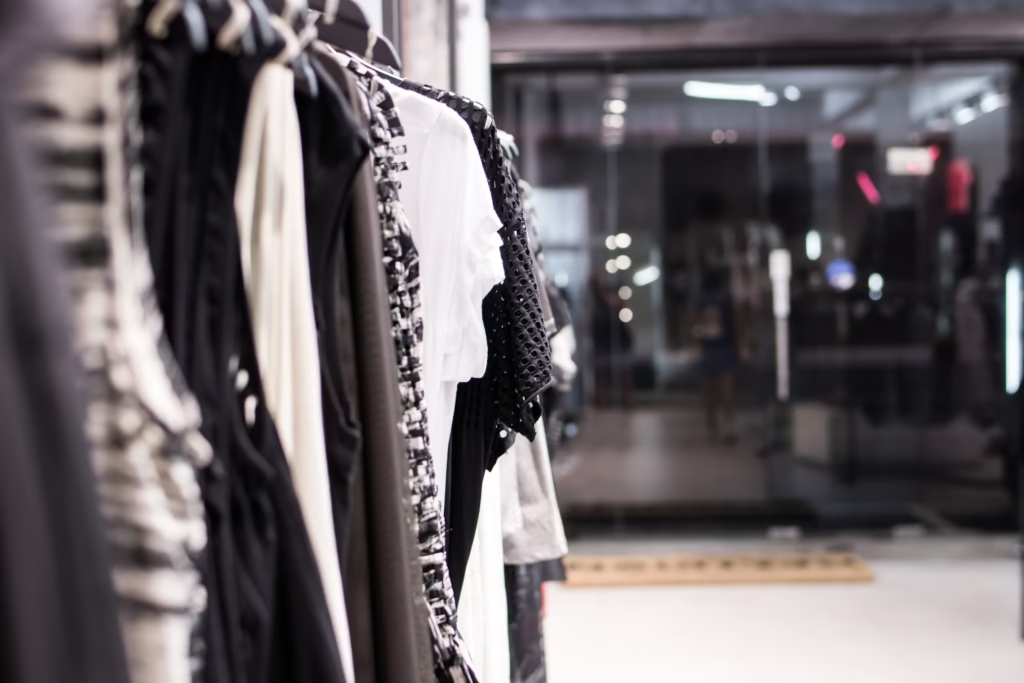Product placement is more than just arranging items on shelves—it’s a strategic approach backed by consumer psychology to maximize visibility, influence buying behavior, and drive sales. The way products are positioned in a store can significantly impact purchasing decisions, making it crucial for retailers to understand the science behind effective product placement.
One of the most powerful principles in product placement is the eye-level advantage. Studies show that shoppers naturally gravitate toward products placed at eye level, making this the ideal spot for high-margin or best-selling items. Similarly, placing impulse buys near checkout counters encourages last-minute purchases, capitalizing on customer decision-making moments. Another effective strategy is the “Golden Triangle” concept, which suggests that customers focus most on areas between eye level, hand level, and central display points, making these prime locations for highlighting key products.
Grouping related products together can also enhance the shopping experience and encourage larger purchases. For example, placing complementary items—such as coffee and mugs or workout gear and energy drinks—creates a natural flow that prompts customers to buy more. Seasonal and promotional displays further leverage consumer psychology by tapping into urgency and exclusivity, encouraging quicker decision-making.
Store layout and aisle design play a crucial role in guiding customer movement. Endcaps, high-traffic areas, and featured display sections draw attention and increase product visibility. Meanwhile, placing staple items toward the back of the store ensures customers pass through multiple sections, increasing exposure to other products along the way.
By strategically placing products based on customer behavior, retailers can create an intuitive and engaging shopping experience that boosts sales and enhances customer satisfaction. Understanding these principles allows businesses to optimize their store layout, improve product discoverability, and ultimately drive higher revenue.



